White Castle, the oldest fast food company in the United States, opened their doors to the Columbus market in 1929 and has made the city home to their corporate headquarters. In 2017 they expanded upon their almost 400 domestic locations with a new international market – China – with two Castles in Shanghai.
On September 25th, I joined the Columbus Chinese Chamber of Commerce members at White Castle’s Short North location. White Castle’s Vice President, Jamie Richardson shared details with the group about their decision to enter the Chinese market and what they learned in the process.
Below are a few of the key points that I found noteworthy.
- It took time:
- Shanghai-based private equity company ClearVue partners approached White Castle to gleam if there would be an interest in the Chinese market—a partnership was formed but it was 3 years in the making….
- Once committed, establishing supply lines and meeting quality standards took longer to get established than anticipated
- Plan ahead:
- Streamline the supply chain up front. Just because you understand your product in the US market does not mean you will understand how to translate and deliver it in an international market. Ultimately, a Chicago based bakery had a depth of experience with China and helped White Castle develop their supply lines.
- Develop Patience:
- As compared to rolling out stores in the U.S., the process was slowed way down in order to do it right in China.
- Be patient and open to learning. The US team ultimately adapted packaging and smaller size sandwiches. As well, they introduced unique menu items like Spicy Tofu sliders and Cherry Blossom sliders. The latter featuring duck – a familiar dietary staple in China.
- Understand the culture:
- Chinese based employees were culturally diverse and spoke multiple dialects – the White Castle team had to learn how to bridge those diversities to create a strong in-store team.
- White Castle US sent 40 trainers to China to prepare the Chinese team of employees. Of course, most of those employees did not speak English so they relied on showing them how to do things—watch and learn…
- The US team also learned that in China, nodding one’s head up and down does not translate to a “yes” as it does in the US. Body language and signals differ!
- A primary focus for marketing in China is social media. Enjoying small size sandwiches while socializing with friends seems to resonate with their demographic, which is actually similar to that in the U.S. The customers like the smaller sized sandwiches as it allows them to experience a variety of flavors in one meal.
White Castle sees their entry into China as a test of sorts to see whether one of the largest populations in the world is interested in sliders. “We’ve been well received,” Richardson said of the company’s pair of restaurants in Shanghai. “We don’t sell as many Crave Cases there, but the customers really like the smaller portions. It allows them to experiment with different tastes and flavors.”
To see photos from the aforementioned event, please follow this link to the Columbus Chinese Chamber website: 2018 Networking at the Castle


